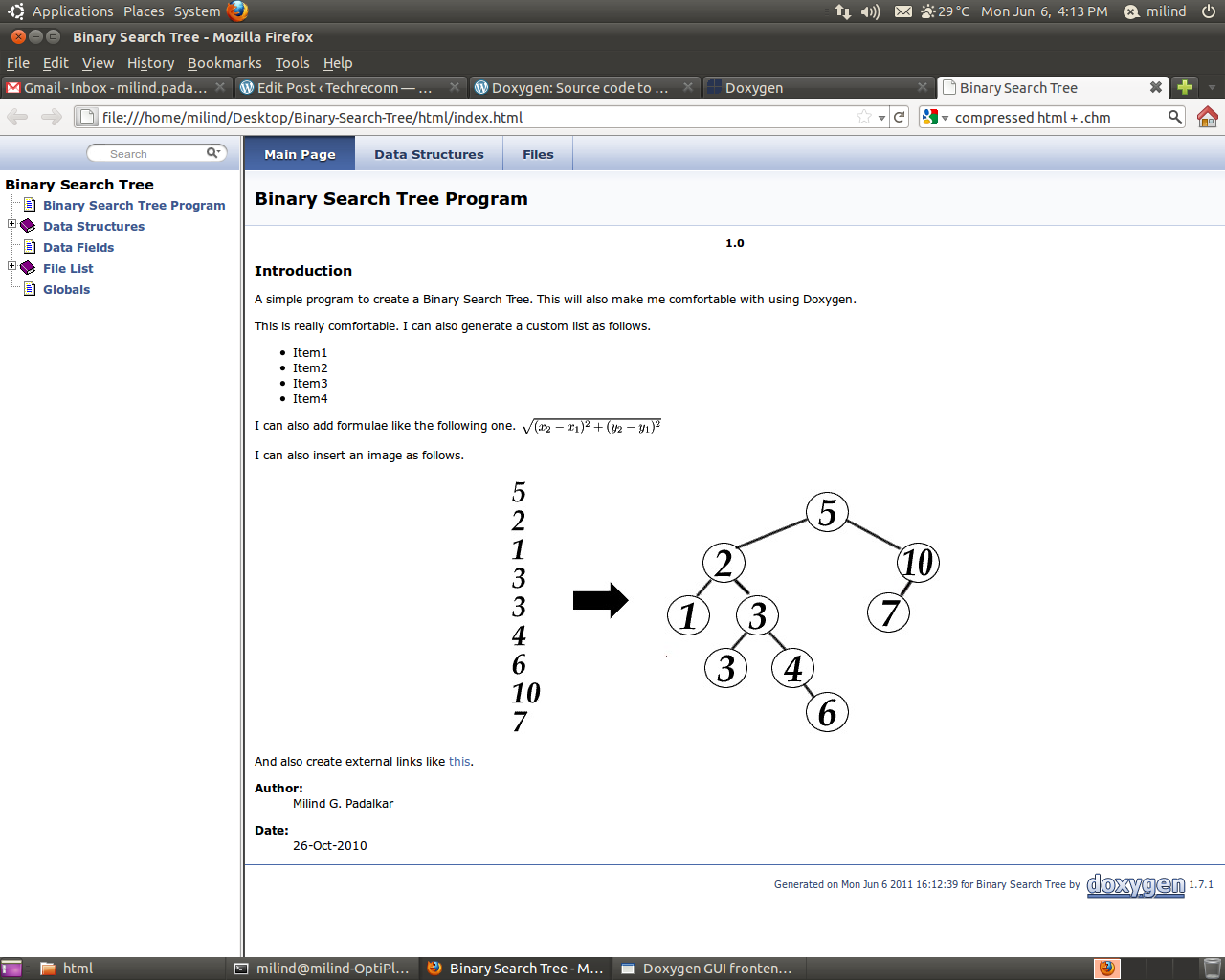


The advantage of this is that Visual Studio recognises the documentation (it syntax-colours the comments) and the documentation is instantly picked up by the Intellisense system (so if you hover your mouse pointer over a method you are calling, the tooltip will display the summary and parameter information that you entered in the Doc Comment) Use DocXml documentation comments, and then Sandcastle or a similar tool to build MSDN-style documentation. There are several options for documentation: NET developers (with Sandcastle and Sandcastle Help FileBuilder). You can generate documentation in the standard Doxygen layout your organization is familiar with (becauses Doxygen supports XML comments) plus you have the option to generate documentation in a format known to. To sum up: I would recommend to use XML comments over special Doxygen comments for C# code. If you want to use Doxygen, this is no problem as it supports parsing XML comments.
DOXYGEN CSHARP GENERATOR
You can configure Visual Studio to generate an XML file from all the comments, which would then be fed into a documentation generator like Sandcastle. To document a method, just type three slashes ( ///) in front of the method body, and Visual Studio will insert an empty comment template for you to fill, like so: /// In my opinion this is the best way to go for C# code because support for this is already integrated in Visual Studio (comment tag auto completion, warning about missing or incorrectly spelled parameters. The default way of documenting C# code in Visual Studio is by XML documentation comments.


 0 kommentar(er)
0 kommentar(er)
